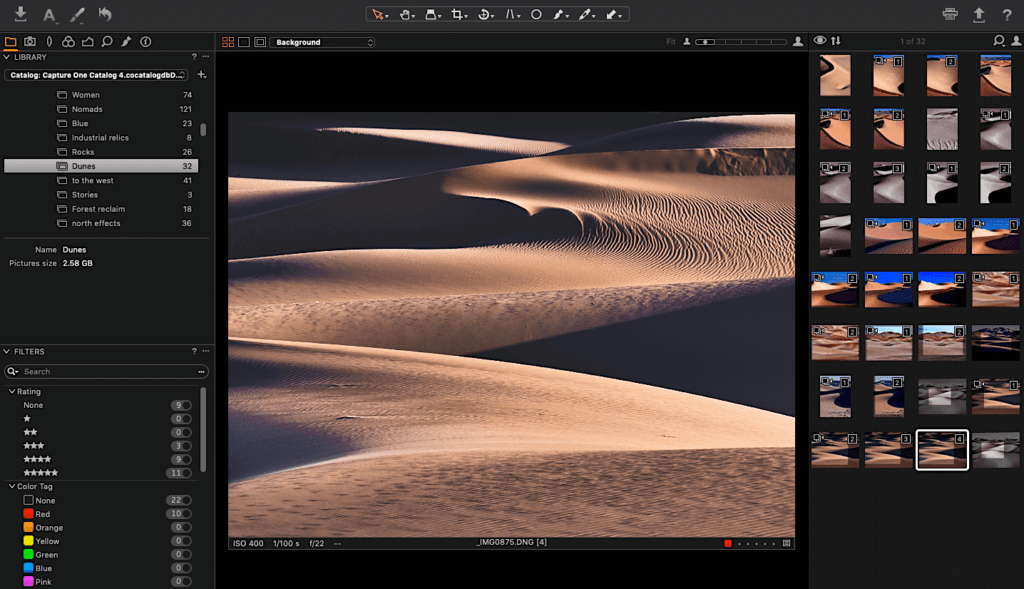Overview
In my experience of the many photography portfolio reviews I’ve done, it’s rare to see a presentation that couldn’t benefit from some pruning or editing. Even ‘fine art photographers’ in the professional marketplace carry dead weight images, and some appear to have little in the way of self-reflection. Presenting a tightly edited and conceptually concise series requires remarkable distancing, which is certainly not easy.
It’s only natural that during the process of arranging themes and building a portfolio you will include some images that you are fond of but to the objective observer do not appear to fit. Either they present a different visual idea or are weaker photos amongst the set. Having strong images mixed in with many lesser ones reduces the overall impact.
These weaker images in a portfolio tells the viewer that the good ones are perhaps a lucky accident, that the photographer has a good eye but had no taste or judgement.
It is very difficult to be tough with your own work. Having a parrot critiquing over your shoulder as you edit, will make you be more selective but it’s hardly the best look. You need to foster that second opinion and it will come in time by mirroring some of the ways in which a mentor views your work.
Having this second opinion will often confirm what you deep down already knew about some of the photographs. It will force you to reconsider the level of your imagery. When weaker photos are pulled aside, then automatically your portfolio becomes stronger, and you appear to be a more accomplished photographer.
In some cases just a light pruning across several themes or subject areas is enough to strengthen what in essence is already there; a conceptually well executed and tightly edited presentation.
On occasions, at the end of what we do in the edit, a series will be radically pruned. Looking through, pulling out and retaining just a small handful can initially be disheartening but as in gardening, the tree will be stronger. What will remain will be the core of the idea from which you can develop a more focused and unique thematic approach.
Adding new images
With a new framework of excellence defining the core of your visual idea, then adding new images becomes a joy. You’re focused on theme building, based on your unique approach; personal passions around a place, potentially unexplored by other photographers.
Emerging photographs are now compared to the new standard of excellence and only added to the portfolio if they measure up. Over time, some new images might replace the original pictures as the overall quality of the portfolio is elevated.
Sequencing
The first and second phases of creativity (developing ideas and image-making), precedes the organisation of your images. Good sequencing reflects the photographer’s unique style and perspective, both in the flow of images within a set, and via the subject area groupings within a portfolio.
More often I see photographers who have arranged image sets within their portfolio into places or types of subjects such as woodland, urban, India etc. This can work very well but I believe there is also a more interesting way of approaching this.
Instead why not look for common themes across places and genres that instead speak about how you uniquely see the world. Developing this concept would be a refreshing approach and it’s something we can work on together.
There’s a balance to be found in having a theme(s) that looks cohesive but also at the same time has variety and potential for development, so every page turn brings a new visual delight. There are excellent examples out there, Thomas Rink’s Stillgewasser being a good starting point.
Portfolio feedback is based on a theme or sets of images and covers: editing, organising and sequencing, which we will cover during 3 x 1.5 hour online Zoom sessions. Get in touch to find out more.


EMAIL ME TO BOOK A TIME
FEE: £185